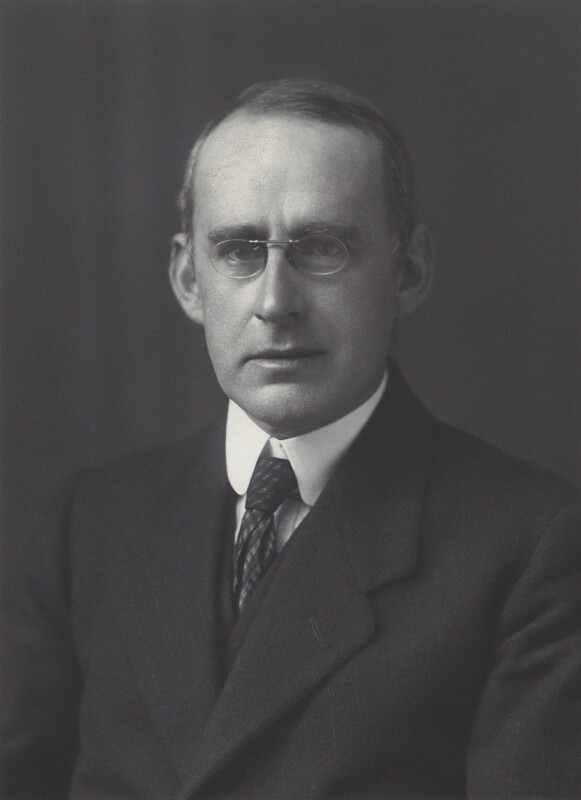Arthur Stanley Eddington was born on 28 December 1882 in Kendal, England. The father of theoretical astrophysics, his work on stellar dynamics and his exposition of Einstein’s relativity theories were considered the finest in any language. Educated at Owens College, Manchester and Trinity College, Cambridge, he was elected Plumian Professor of Astronomy (succeeding George Darwin) in 1913. He became Director of the university’s observatory the following year. Eddington organised expeditions to Brazil and West Africa to overserve the total solar eclipse of 19 May 1919.
Elected to the Royal Society in 1914, he was awarded a Royal Medal in 1928, knighted in 1930, and appointed to the Order of Merit in 1938. Eddington also served as President of the Royal Astronomical Society in 1921 and the Mathematical Association in 1930. Important works include Stellar Movements and the Structure of the Universe (1914), The Mathematical Theory of Relativity (1923), Stars and Atoms (1926), Science and the Unseen World (1929), The Expanding Universe: Astronomy’s ‘Great Debate’, 1900–1931 (1930), and Philosophy of Physical Science (1939).
